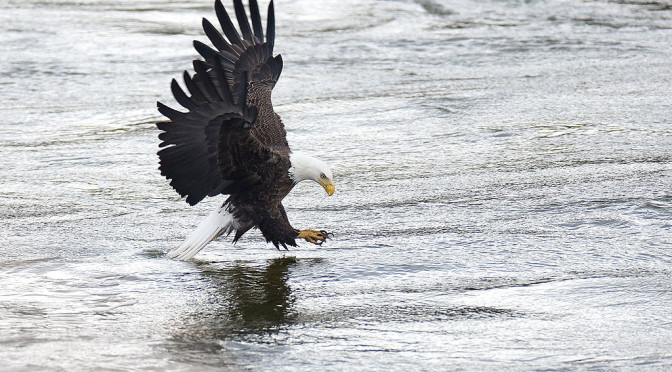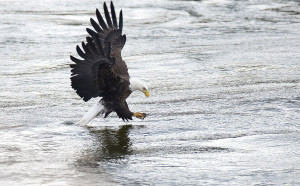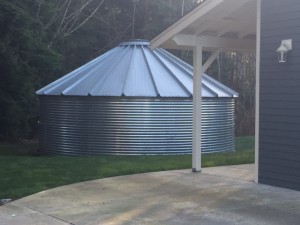When is permitting required for a rainwater collection system in Seattle?
 According to Department of Ecology, State of Washington, collecting rainwater is nothing new. Humans have been doing so for thousands of years. Washington State Department of Ecology began allowing rainwater collection without a water rights permit in October 2009.
According to Department of Ecology, State of Washington, collecting rainwater is nothing new. Humans have been doing so for thousands of years. Washington State Department of Ecology began allowing rainwater collection without a water rights permit in October 2009.
In January 2011, King County Department of Health adopted rainwater collection for potable use for detached single-family dwellings. The policy applies to systems intended to capture and store rainwater from surfaces for supply to plumbing fixtures. Systems that supply untreated rainwater to serve non-potable fixtures may be used for both residential and nonresidential occupancies. Systems that treat rainwater for potable use may be used only in detached single-family dwellings.
Rainwater systems are subject to plan review and applicable fees by the Department of Health and the Building Department. Harvested rainwater that is not treated to potable standards may only be used for water closets, urinals, hose bibs, industrial applications, domestic clothes washing, irrigation and water features.
Rainwater collection systems require a water use permit by King County Department of Heath. A non-pressurized stand-alone irrigation system does not require permitting. All pressurized systems do require review and permitting by King County Heath.
Systems for residential, potable use must be designed by a licensed engineer with experience in water systems design, an individual with a group B water systems designer licensed by King County Health, or an American Rainwater Catchment Systems Association (ARCSA) accreditation.




 Rainwater is collected and diverted to storage for domestic household use. Then conveyed to filtration and disinfection for potable use resulting in a viable source of safe, clean drinking water. After domestic use, wastewater is directed to a typical septic system and infiltrated on site. Without this process, normal rainfall would simply be considered runoff causing possible erosion or evaporation. Storm water runoff can carry harmful pollutants into bodies of water causing significant damage to salmon habitat. Additionally, evaporation causes very little replenishment to the stream. The use of rainwater collection removes both of these possibilities by diverting the rainfall to storage and, after its use, is infiltrated through an approved septic system, naturally replenishing the stream. Simply put, the water is borrowed for use then returned to its natural flow.
Rainwater is collected and diverted to storage for domestic household use. Then conveyed to filtration and disinfection for potable use resulting in a viable source of safe, clean drinking water. After domestic use, wastewater is directed to a typical septic system and infiltrated on site. Without this process, normal rainfall would simply be considered runoff causing possible erosion or evaporation. Storm water runoff can carry harmful pollutants into bodies of water causing significant damage to salmon habitat. Additionally, evaporation causes very little replenishment to the stream. The use of rainwater collection removes both of these possibilities by diverting the rainfall to storage and, after its use, is infiltrated through an approved septic system, naturally replenishing the stream. Simply put, the water is borrowed for use then returned to its natural flow.